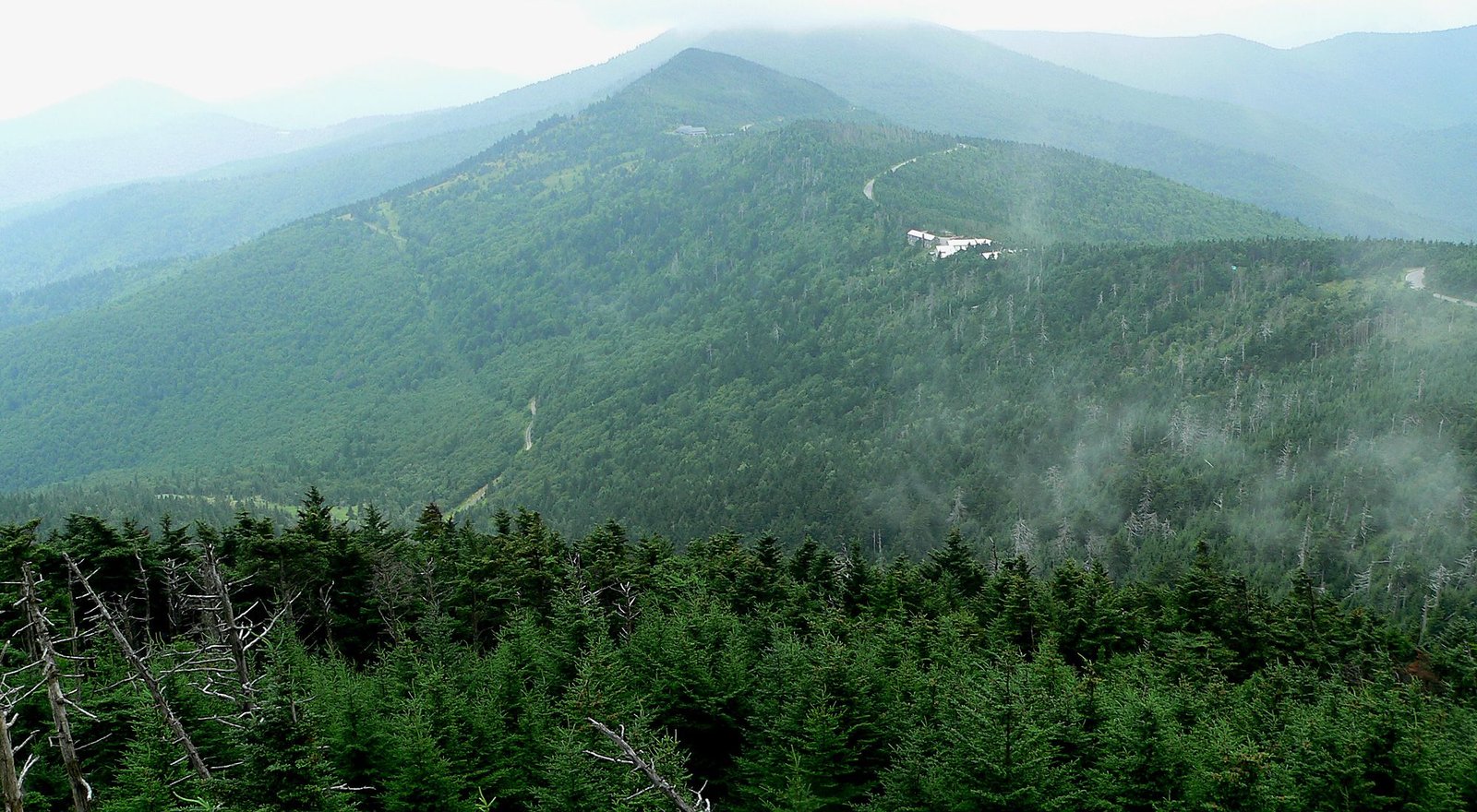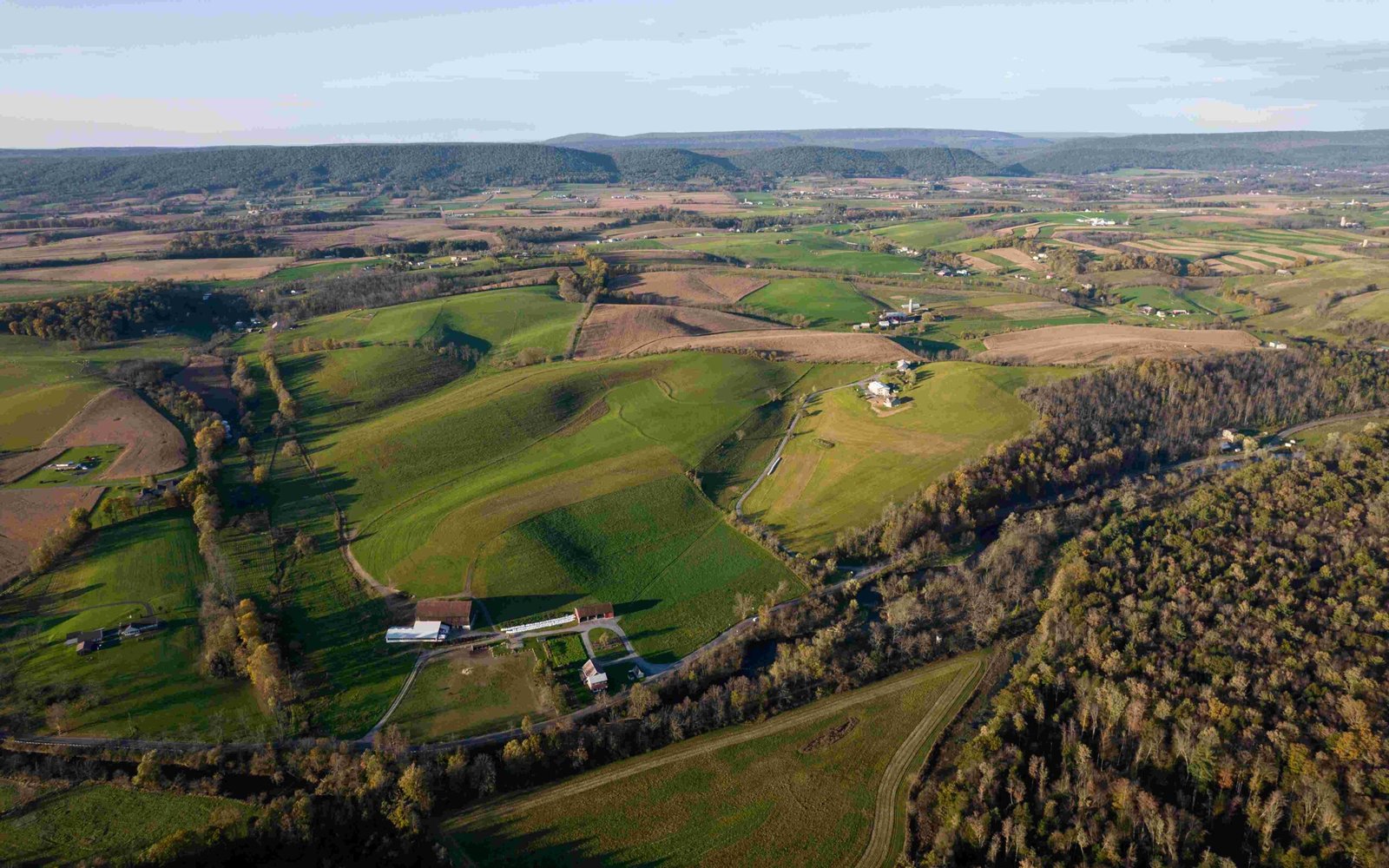The Appalachian Trail in West Virginia’s Harpers Ferry represents a historic and scenic hiking destination where the legendary 2,190-mile trail intersects with one of America’s most significant historical landscapes. Hikers can explore a unique blend of natural beauty and rich cultural heritage, experiencing breathtaking mountain views, historic Civil War sites, and the psychological midpoint of the entire Appalachian Trail journey.
What Makes Harpers Ferry Special for Appalachian Trail Hikers?

Harpers Ferry offers a remarkable intersection of natural wilderness and historical significance for Appalachian Trail enthusiasts. Located at the confluence of the Potomac and Shenandoah Rivers, this small town serves as a critical waypoint for hikers traversing the eastern United States.
Why Is Harpers Ferry Considered the Psychological Midpoint?
| Trail Milestone | Details |
|---|---|
| Official Midpoint | Symbolically recognized as the mental halfway point |
| Appalachian Trail Conservancy Headquarters | Located in Harpers Ferry |
| Hiker Significance | Provides emotional and logistical support |
The Appalachian Trail Conservancy strategically chose Harpers Ferry as a symbolic midpoint, offering hikers a sense of accomplishment and renewed motivation. While not the geographical center, it represents a crucial psychological landmark for thru-hikers.
What Are the Key Access Points?
Primary Trail Entry Locations
- Appalachian Trail Visitor Center (799 Washington Street)
- Harpers Ferry National Historical Park
- Bolivar Heights Trail Connection
Parking Options:
– One-hour parking behind visitor center
– Long-term hiker parking at National Historical Park
– Metered street parking along Washington Street
How Challenging Are the Trail Sections?
The Harpers Ferry section presents moderate hiking difficulty, characterized by:
– Moderate elevation changes
– Well-maintained trail segments
– Mixed terrain including historic town paths and surrounding woodland trails
Recommended Hiking Segments
- Town Historic District Route
- Bolivar Heights Trail
- Schoolhouse Ridge Trail
- River View Connector Paths
What Historical Landmarks Can Hikers Explore?
Hikers can discover numerous historical sites, including:
– John Brown’s Fort
– Civil War battlefield locations
– Historic town architecture
– Storer College historical site
What Preparation Is Necessary?
Essential Hiking Preparation Checklist:
– Detailed trail maps
– Sufficient water supplies
– Weather-appropriate clothing
– First aid kit
– Navigation tools
– Emergency communication device
When Is the Best Time to Hike?
| Season | Hiking Conditions | Recommended Level |
|---|---|---|
| Spring | Mild temperatures, blooming flora | Beginner to Intermediate |
| Summer | Warm, potential humidity | Intermediate |
| Fall | Spectacular foliage, comfortable temperatures | All Skill Levels |
| Winter | Challenging, snow possible | Advanced Hikers |
What Nearby Accommodations Exist?
- Harpers Ferry Bed and Breakfast
- Quality Inn Harpers Ferry
- Brunswick Family Campground
- Local hostel options near trail
Additional Hiking Resources
- Appalachian Trail Conservancy website
- Harpers Ferry National Historical Park visitor center
- Local hiking groups and trail maintenance organizations
Safety Considerations
- Check current trail conditions before hiking
- Carry appropriate emergency communication devices
- Inform someone about your hiking plans
- Stay hydrated and prepared for weather changes
Final Thoughts

Harpers Ferry represents more than just a geographical point on the Appalachian Trail—it’s a transformative experience blending natural beauty, historical significance, and personal challenge.

